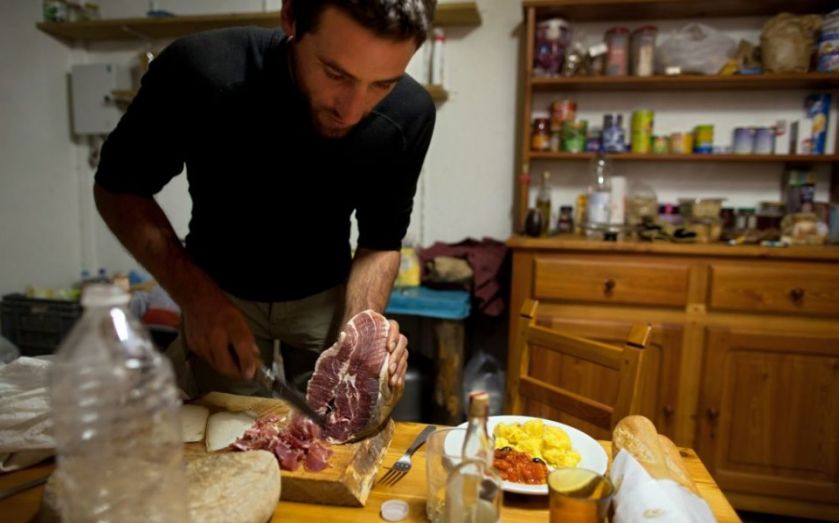World Health Day 2015: Six food safety tips for your home

World Health Day has come around once more, and this year the focus is on food safety.
The World Health Organisation, which organises the annual event, has picked this as one of the biggest dangers society currently faces, and estimates it leads to around two million deaths across the world each year.
With the rise of travel and food trade, it says harmful bacteria, viruses and chemical substances now have more opportunity to travel far and wide than ever before, and these can give rise to all sorts of diseases ranging from diarrhoea to cancers.
“New threats to food safety are constantly emerging,” WHO writes on its website. “As our food supply becomes increasingly globalized, the need to strengthen food safety systems in and between all countries is becoming more and more evident.”
This provides us with a good opportunity to take a step back and consider how we can reduce food hazards at home, so here are our top tips for making sure your kitchen and cooking habits are as healthy as possible.
TAKE UP MARINATING
If you don't marinate much already, now's a good time to start This is the process of soaking foods in a seasoned, often acidic liquid before cooking. This can kill off bacteria often found on meats, removing the risk of salmonella.
DON'T JUST RINSE FOOD – RINSE UTENSILS, TOO
Washing your food isn’t enough if you want to be really clean – you have to clean your pans, saucers and colanders, too. Just giving them a quick rinse after they've been sitting in the cupboard for a couple of days is enough to get rid of anything nasty.
WASH YOUR HANDS FOR AT LEAST 20 SECONDS
To make sure there is absolutely nothing harmful on your hands before handling food, you need to rinse them in warm water for at least 20 seconds. Plenty of soap is a plus.
KEEP AN EYE ON YOUR FRIDGE TEMPERATURE
It's likely that you don't often look at your fridge settings – as long as the door is closed and it seems to be working, that's enough. Not so, if you want to be really safe. The US Food and Drug Administration (FDA) says you should always keep your fridge below 40 degrees Fahrenheit and the freezer at zero degrees Fahrenheit, and that it's necessary to check the setting every now and again.
WHEN YOU REHEAT, BRING TO THE BOIL
Reheating liquid food, whether it's soup or stew, is dangerous unless you bring to the boil, according to the FDA. This ensures all bacteria are killed off.
SEPARATE RAW MEATS FROM EVERYTHING ELSE
When putting food in the fridge or on the chopping board, make sure there is a reasonable distance between raw meats and everything else. Before being cooked, meats are riddled with bacteria that can easily spread elsewhere.